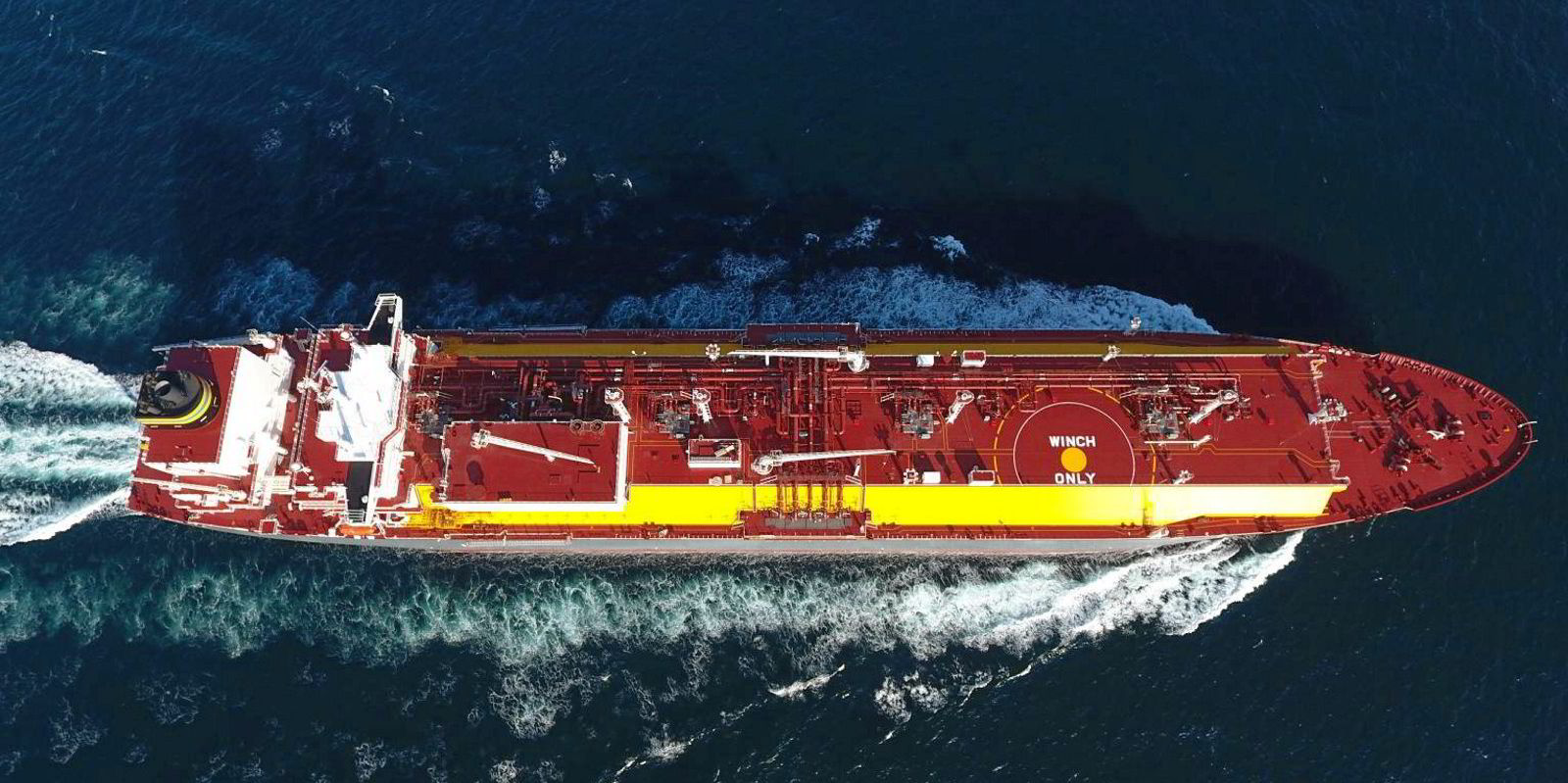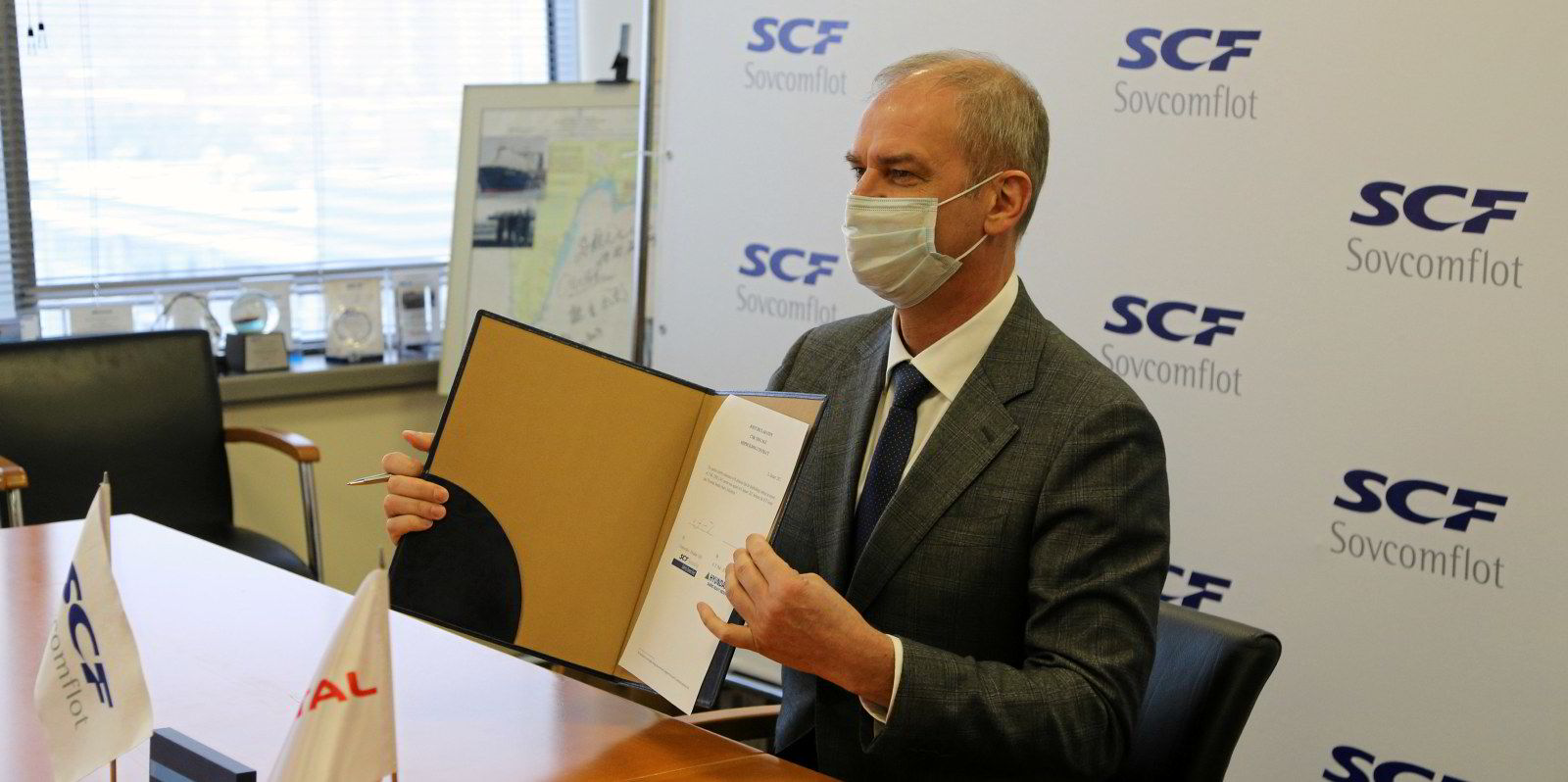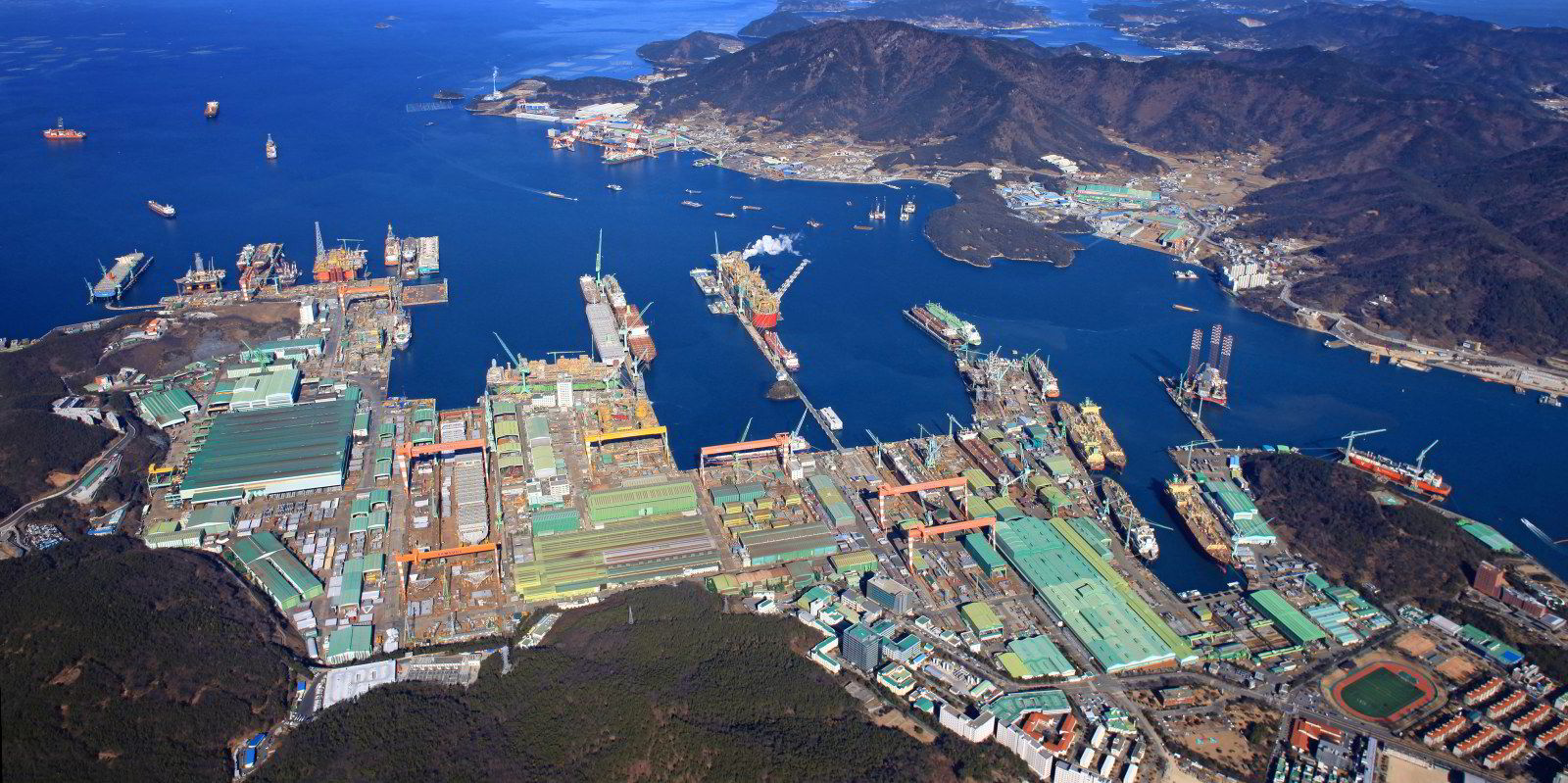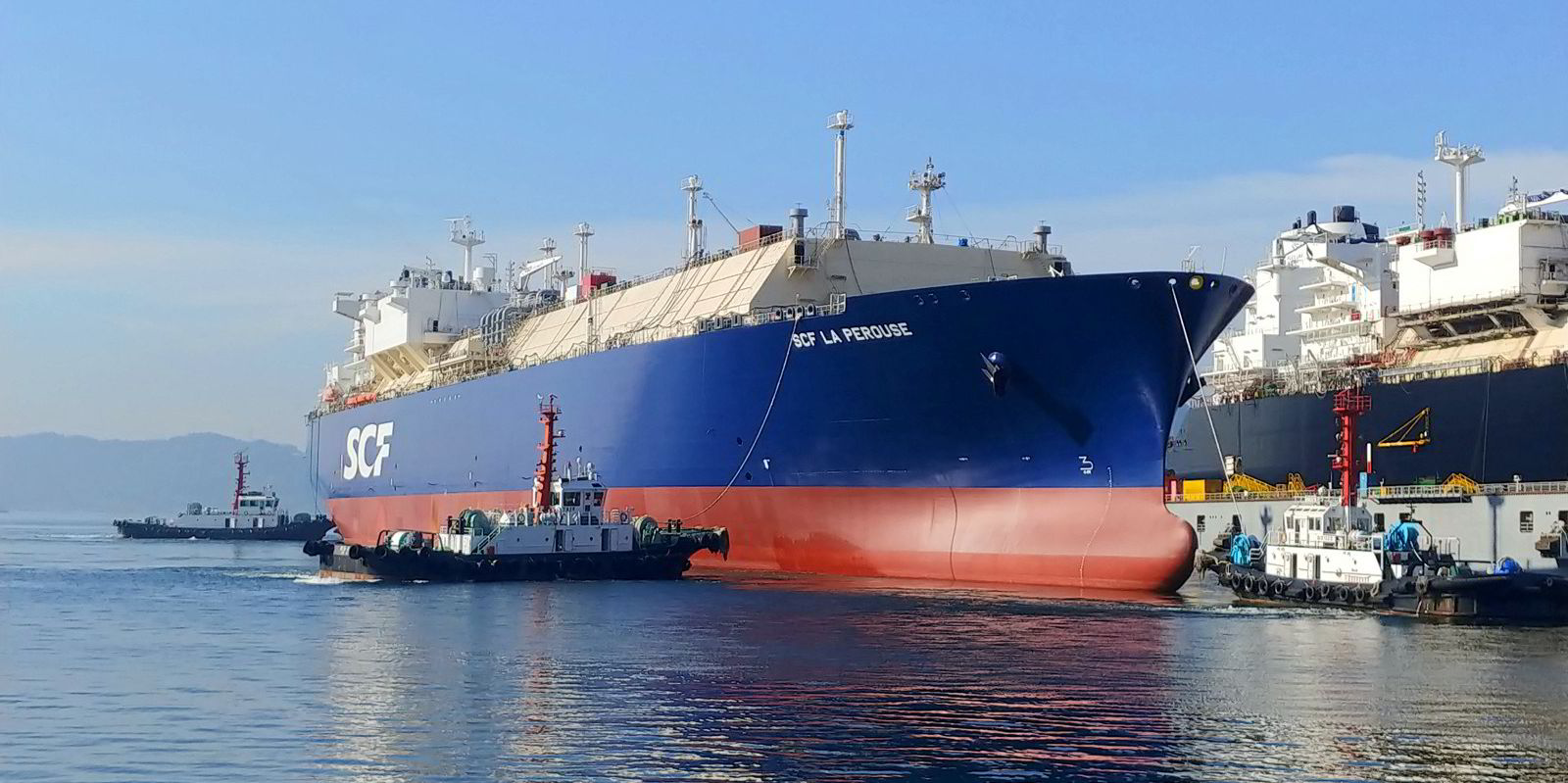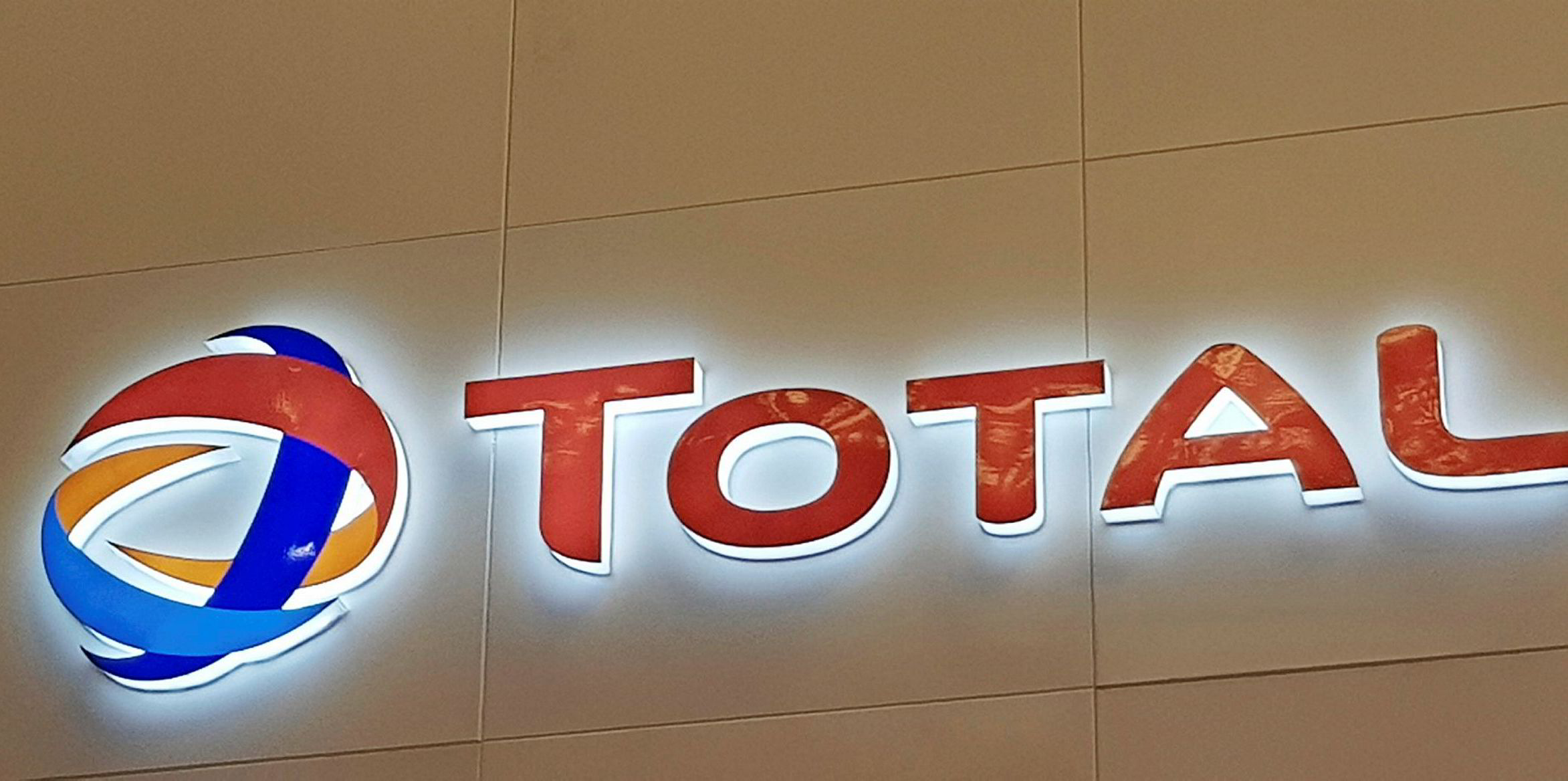French energy major TotalEnergies has just firmed up fresh charters on two LNG newbuildings with Russia’s Sovcomflot (SCF Group) — a shipowner it has previously been working with on long-term tonnage.
It is part of the company’s efforts to renew and upgrade its chartered fleet of around 20 LNG carriers, the bulk of which are fixed for periods of around five to seven years.
TotalEnergies has said it plans to boost its LNG portfolio to 50m tonnes by 2025 and expects a long-term chartered fleet of 20 vessels will be sufficient to cover its shipping needs for its trading volumes from this.
Assessing options
LNG shipping falls under the major’s gas, renewables and power division and forms the largest fleet in this group.
Vice president of LNG shipping Jerome Cousin looks after these vessels, sitting with the trading and shipping team in Geneva.
In a first interview with TradeWinds Cousin said his mission is provide the best fleet to suit the growing LNG portfolio, adapting and expanding it where necessary while handling the company’s so-called “legacy fleet"
This week, TotalEnergies opted to ink seven-year charter deals with Sovcomflot on two LNG newbuildings, options it was holding from an agreement on a single vessel priced at $181m that was signed in January.
Cousin said TotalEnergies will continue to take a couple of vessels in on long-term charter every year.
Newbuildings would be a preference, to allow for a choice of specifications and the shaping of the future fleet. But the company will likely adopt a more balanced approach taking some newbuildings and sometimes tendering for vessels from the market.
TotalEnergies also typically charters in three to four vessels on short multi-month deals.
“We try to size our long-term fleet correctly,” Cousin says. “We are also very active on the short-term market to take additional shipping and adapt our capacity to the market opportunity.”
This year, like other charterers, the company has taken more as it addresses the strong LNG demand seen in the market.
Mixed fleet
In the core long-term LNG fleet vessel sizes range from 138,000 cbm to 180,000 cbm. These ships must be dovetailed with the different supply contracts and cargo lot positions. But the trend is towards a more uniform fleet of 174,000-cbm ships.
On propulsion choices, TotalEnergies has tended to take X-DF ships. But Cousin said his message to his team is to remain open-minded and understand the merits of each technology. “It’s an evolving picture,” he said. “The choices of yesterday do not preclude the choices of tomorrow.”
Cousin said TotalEnergies is trying to strike a balance by trying to promote new technologies but at the same time having an open dialogue with shipowners and offering decent durations on charters so that have an incentive to adopt them.
Strategic
The major has no particular interest to be a shipowner, instead considering shipping to be strategic.
For emerging technologies, such as the large new LNG bunker vessel newbuildings the company is charterering from Mitsui OSK Lines and the liquid CO2 carriers being contemplated under the Northern Lights project with Equinor and Shell, the shipowning question does come up, Cousin admits.
He says the company accepts that it might not always be possible to find an owner prepared to take the risk on new vessel types.

Three years ago the major became an shipowner when it acquired the upstream assets of French utility Engie in a deal which included 12 LNG carriers.
Today some of those long-term chartered or so-called "legacy vessels" remain in the fleet.
They include the 154, 472-cbm LNG Unity (built 2006) and LNG Alliance (built 2007) plus the 74,130-cbm Global Energy (built 2006), all of which are currently trading in the strong market.
Cousin said: “We have a legacy ownership position but on an opportunistic basis we try to find the right moment and the right opportunity to divest those assets when the time comes.”
The fleet also includes two 145,000-cbm floating storage and regasficiation units, the Neptune (built 2009) and the Cape Ann (built 2010) which are currently being used as LNG carriers. TotalEnergies would prefer them to be deployed as regas vessels either in company-led projects or sub-chartered on the FSRU market.
Cousin’s department has also have assisted bunkering arm TotalEnergies Marine Fuels with the specifications for its new LNG bunker vessels.
Aside from having French liner giant CMA CGM as a customer, TotalEnergies has ordered its own dual-fuelled tanker tonnage.
“We have a very strong involvement to develop LNG as a marine fuel because it is the transition marine fuel if you're serious and want to do something about cutting your shipping emissions today,” he said.
